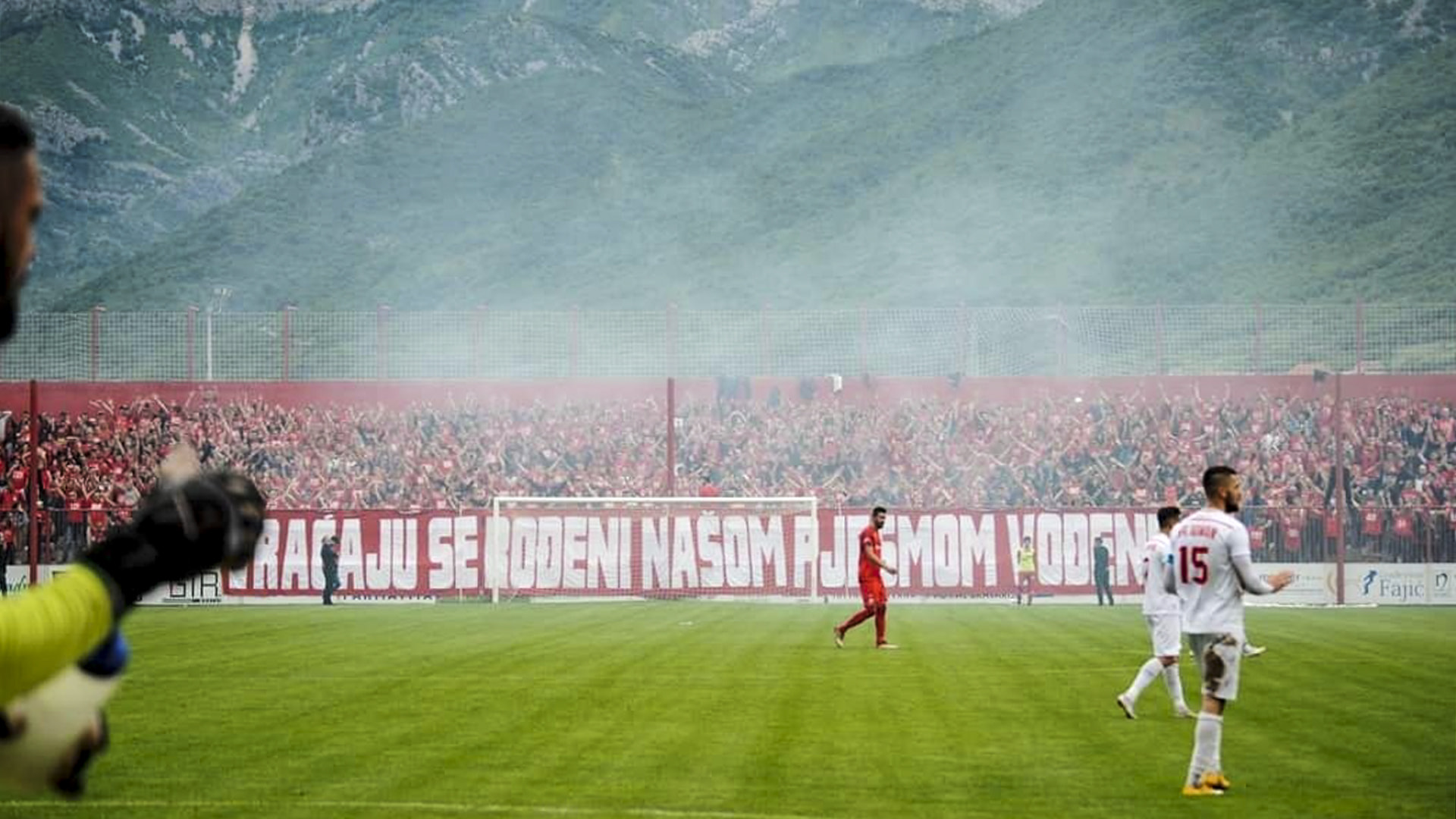
There's no Mostar without Velež
A stadium, a football club and a city.
|04.05.2022
|
Mostar became a city with two football clubs, one in which the majority were Bosniaks and another that was exclusively Croats.
Velež has supporters across the territory of what was once Yugoslavia.
Semir Behram
Semir Behram is a journalist and author from Mostar. He focuses on conflict zones in the Middle East. Semir is a child of war and a supporter of Velež.
This story was originally written in Serbian.